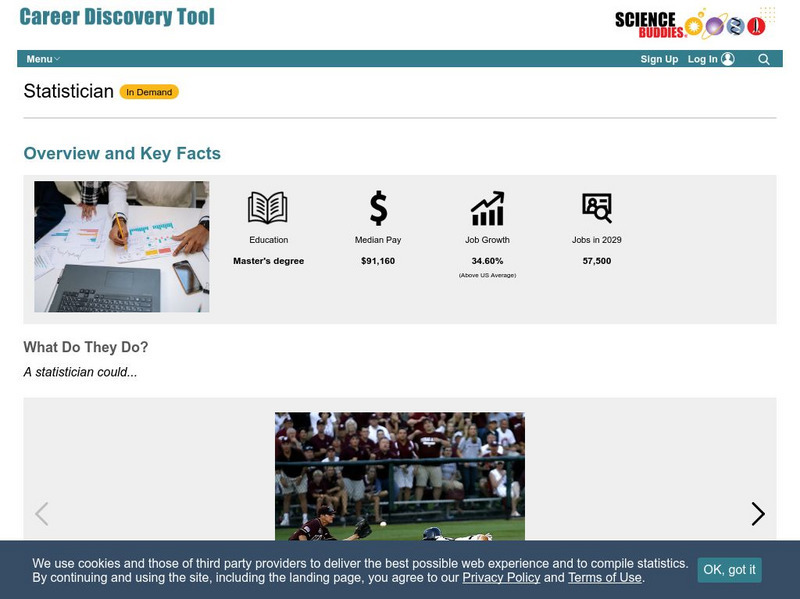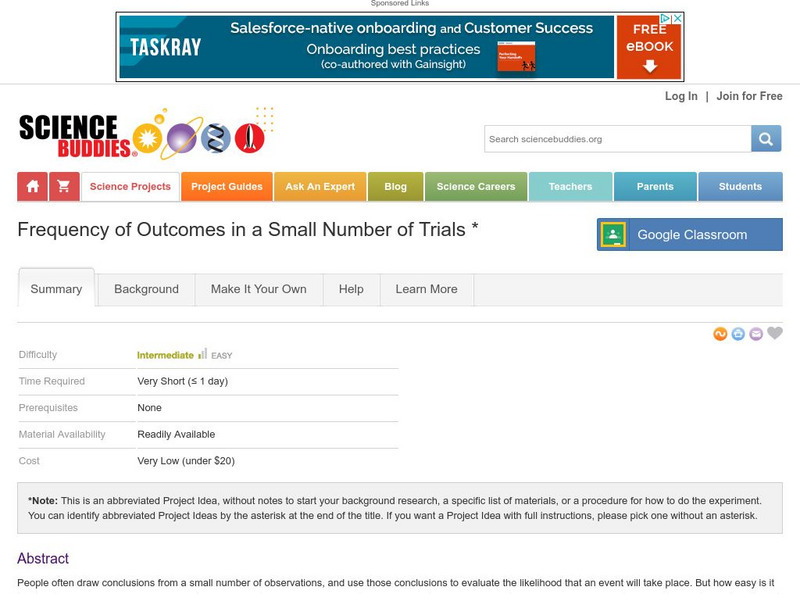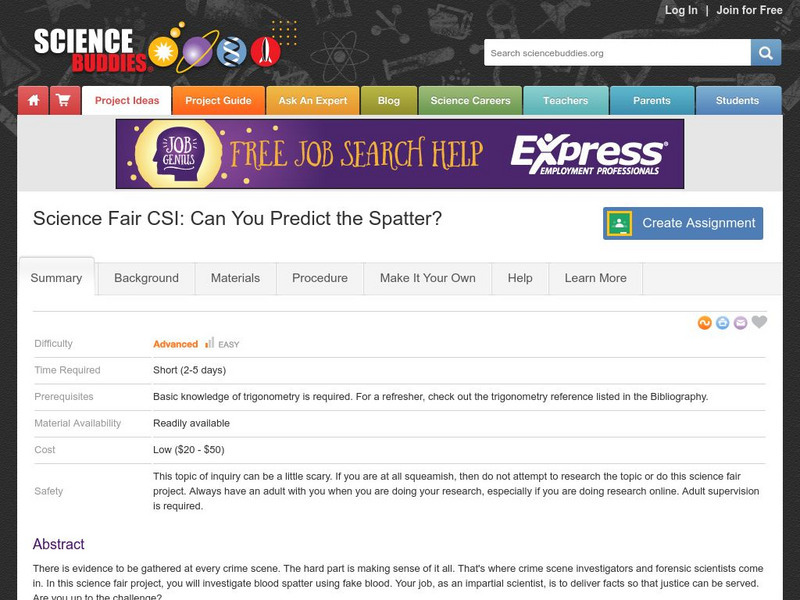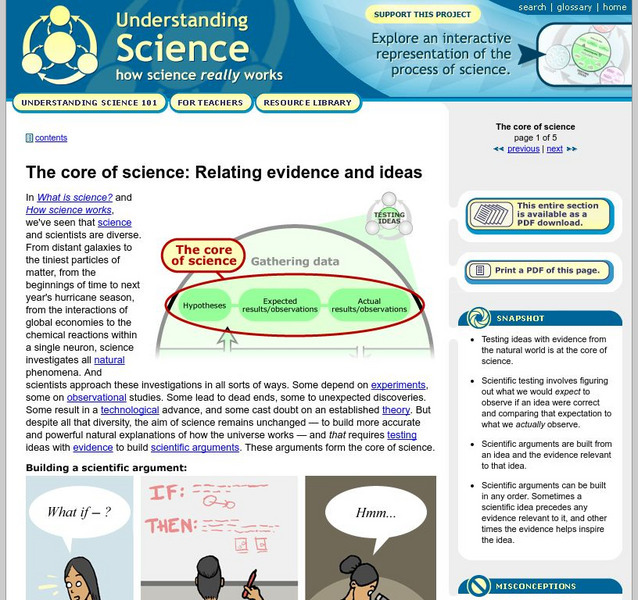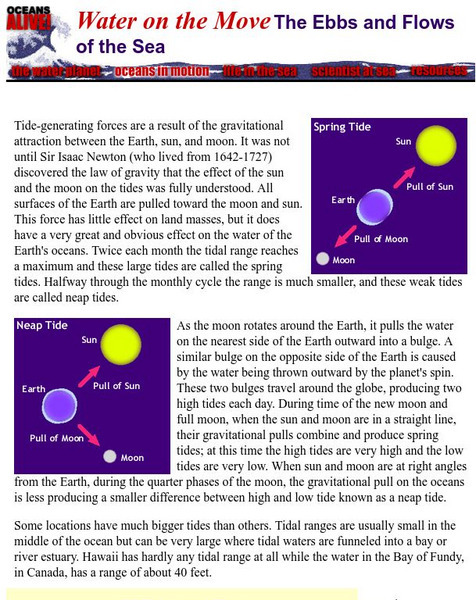Science Buddies
Science Buddies: Career Profile: Statistician
Statistics is a fascinating subject and everyone loves to spout them, but a statistician really knows how to use statistics to answer real-life questions and make predictions based on mathematical data. This Science Buddies site lays out...
Science Buddies
Science Buddies: Ask a Cricket, 'What Is the Temperature?'
A cricket as a thermometer? Yes, that's right. In this science fair project, you'll investigate how the chirps of these tiny creatures can do more than lull you to sleep-they can tell you the temperature.
Science Struck
Science Struck: Real Difference Between Hypothesis and Prediction
Learn what a prediction and a hypothesis are in statistics and how they differ. Includes examples demonstrating the differences.
Science Buddies
Science Buddies: Frequency of Outcomes in a Small Number of Trials
People often draw conclusions from a small number of observations, but how easy is it to draw the wrong conclusion? Here is a simple project that shows the importance of making enough observations before making a prediction.
Science Buddies
Science Buddies: Underground Water Flow and Darcy's Law
This project shows you how to build a simple model system to simulate underground water flow. Underground water flow is important for understanding replenishment of underground aquifers, migration of underground contaminant plumes, and...
Science Buddies
Science Buddies: Scientific Method Variables/hypothesis
Find out what variables are in a scientific investigation and what the difference is between an independent, dependent, and controlled variable. Look at samples of different types of variables and find out what makes a good variable.
Science Buddies
Science Buddies: Science Fair Csi: Can You Predict the Spatter?
There is evidence to be gathered at every crime scene. The hard part is making sense of it all. That's where crime scene investigators and forensic scientists come in. In this science fair project, you will investigate blood spatter...
University of California
Understanding Science: The Core of Science: Relating Evidence and Ideas
Learn that the real process of science proceeds at multiple levels and sorts through many ideas, retaining and building upon those that work, and relating the evidence discovered with scientific ideas.
University of Utah
University of Utah: Learning Center: learn.genetics: Making Sn Ps Make Sense
Find out how tiny variations in DNA can help scientists predict humans' response to drugs or to disease risk.
Alabama Learning Exchange
Alex: Can You Curl Your Tongue?
This lesson is adapted from a Connected Mathematics Unit, How Likely is It? This investigation introduces biology as a source of applications for probability. In this lesson, Curling your Tongue, students determine how many students in...
University of Oxford (UK)
Museum of History of Science: Roger Bacon
In this portion of the Oxford Virtual Science Walk, a single paragraph briefly touches on Roger Bacon's life, achievements, and predictions. Illustration of the now-demolished study and observatory of Bacon.
Society for Science and the Public
Science News for Students: Big Rocks' Balancing Acts
Discusses research on balanced rock formations in California, which scientists believe can show information about severe earthquakes in the past, and whether certain areas are prone to them. [October 19, 2011]
Other
My Science Box: Food Webs
In this lesson, learners will choose an organism of their choice and research its life cycle, food chain, diet, and habitat, then predict how habitat change might affect the organisms living within it.
Museum of Science
Museum of Science, Boston: Ebbs and Flows of the Sea
A simple one-page explanation of oceanic tides. Includes instructions for completing a tide-mapping activity.
